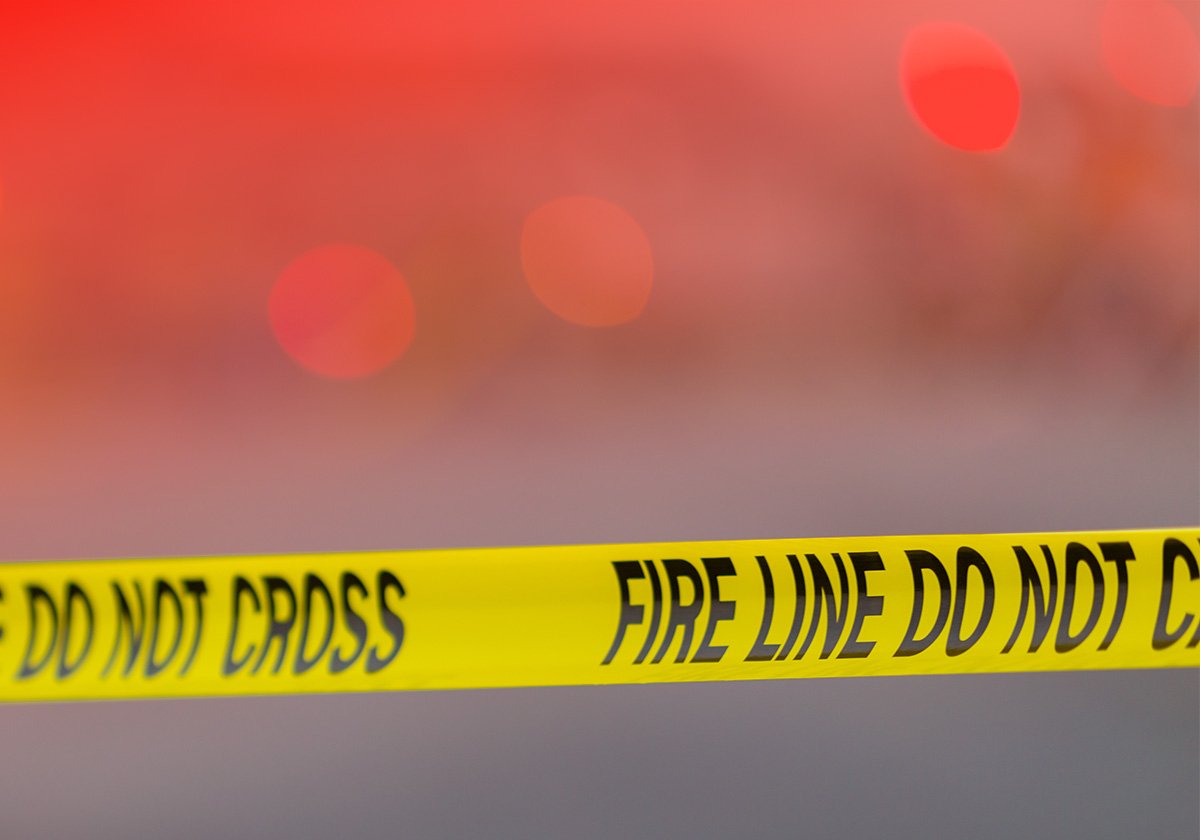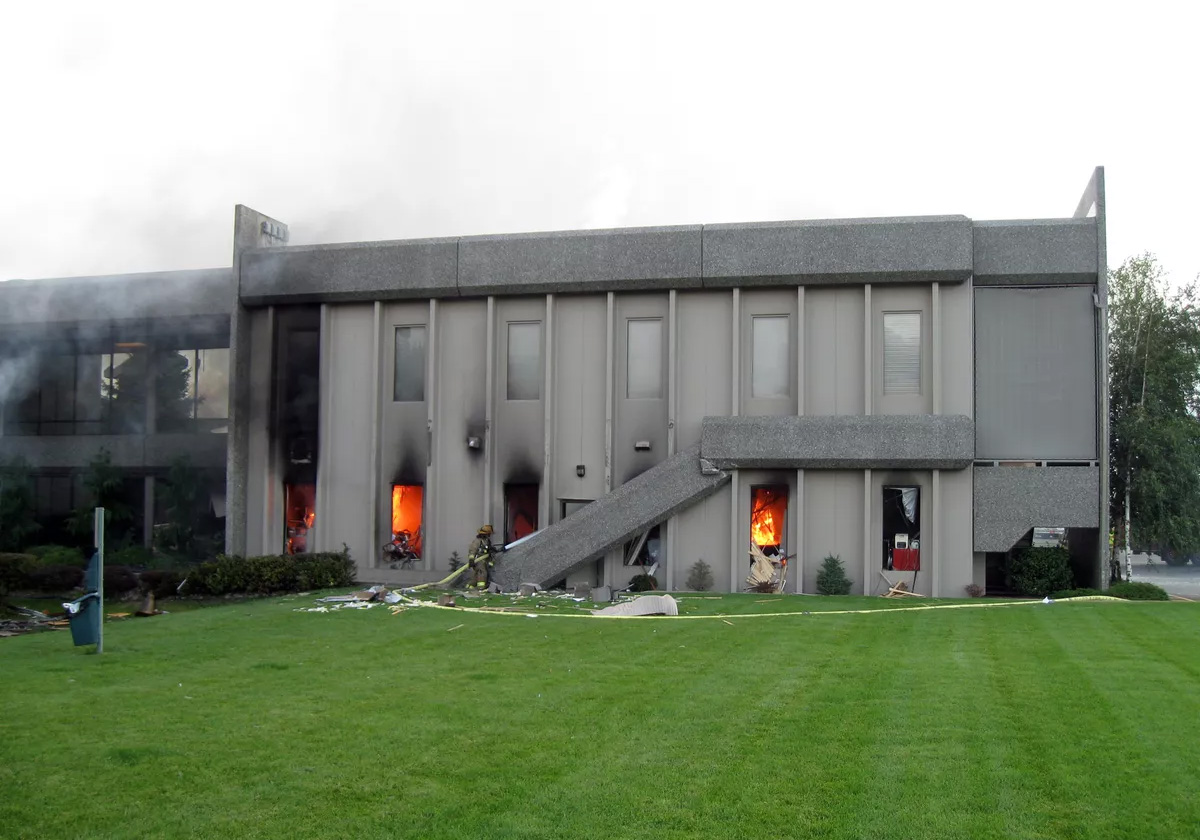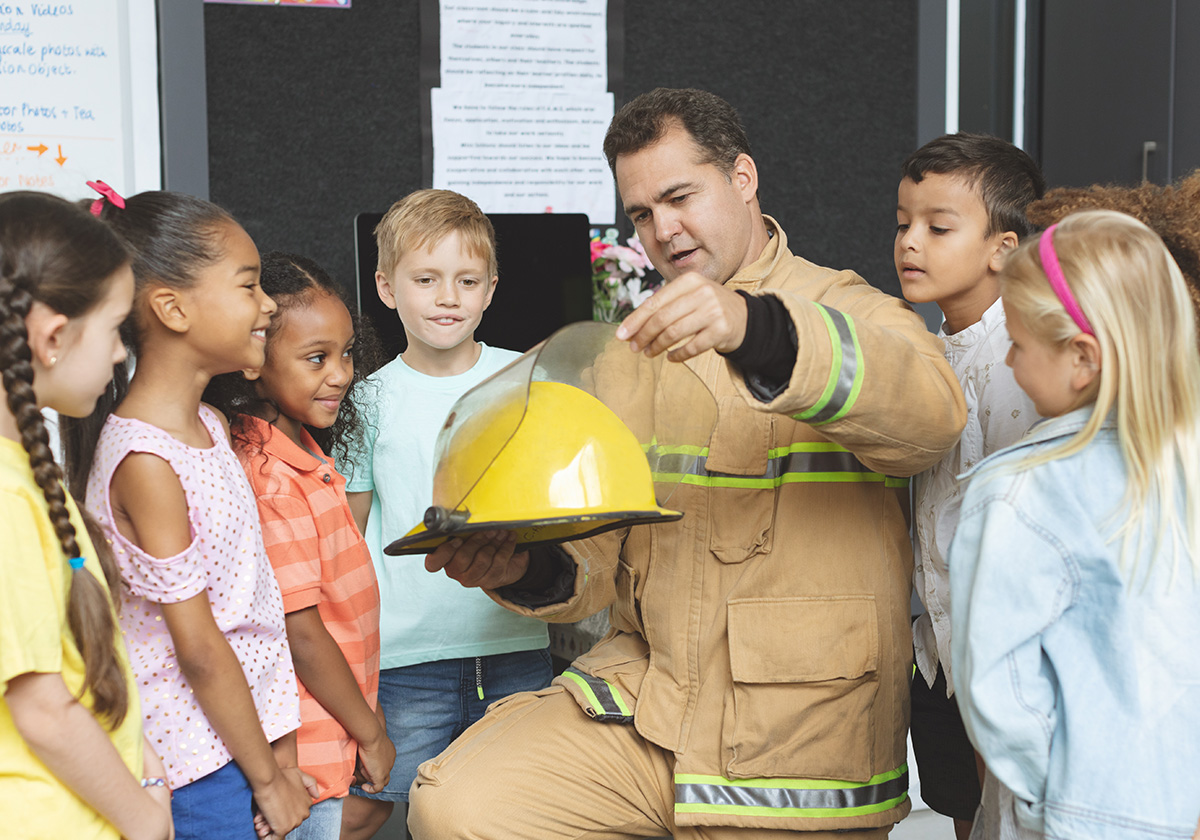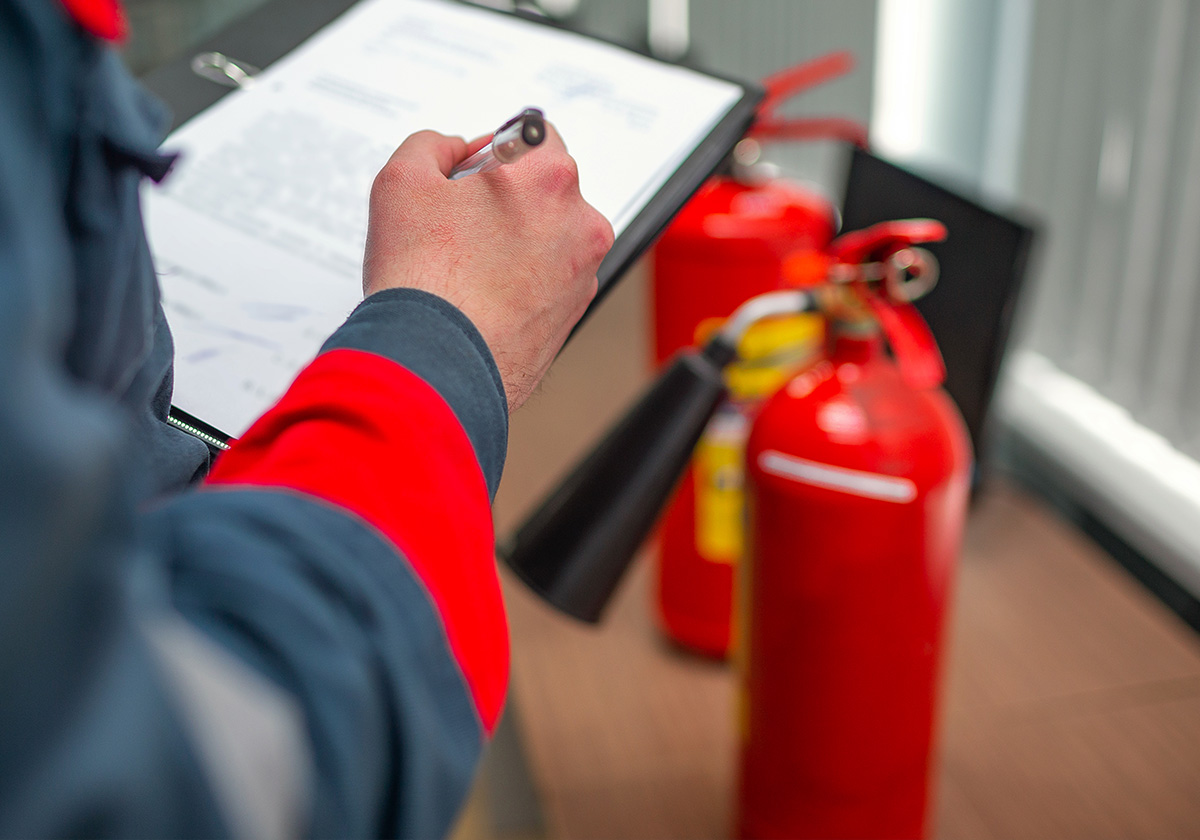Fire investigation is built upon three core job requirements: fire investigation, code enforcement, and education. This entry will explore the first of these three core duties: investigating fires.
The investigation begins
Fire investigators are responsible for determining the origin and cause of fires.
Always on call, fire investigators must be prepared to respond at a moment's notice; their primary function is to conduct investigations and evidence analysis to determine the fire's origin and cause, including whether it was accidental or intentional. They use the scientific method to gather evidence (both physical and testimonial), conduct analysis, form hypotheses, and use critical thinking to develop objective conclusions systematically.
On the scene
Whether Christmas day or three o’clock in the morning on a Tuesday, fire investigators must show up at the scene of a fire as soon as possible; from the moment they step on the scene, examination and data collection begins.
We find where it started, and then start processing what could have started it.
The first step in the evidence-collection process is to identify the fire's point of origin. Fire investigators analyze fire patterns, burn marks, and charring, utilizing their understanding of combustion and fire behavior to identify how the fire spread. Photos and measurements are taken, notes are written down, and all observations are included as data for further analysis.
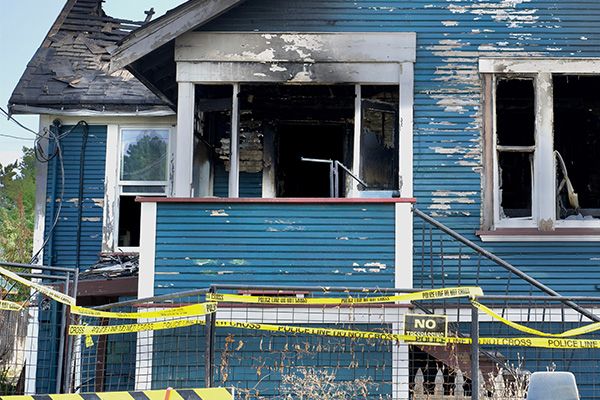 Fire investigators are among the first to arrive on the scene following a fire.
Fire investigators are among the first to arrive on the scene following a fire.
Related:
If Fire Strikes, Make Every Second Count
Following the initial scene assessment, fire investigators begin to collect physical evidence, including fire debris samples, electrical devices, and any materials which may have played a role in the fire. The physical evidence is bagged, tagged, and adequately documented for later assessment.
Talking to witnesses, neighbors, building occupants, and responding firefighters allow investigators to gather additional information about the events leading up to the fire. Alongside physical evidence, testimony can help investigators piece together a timeline of events and illuminate where the fire started and who might have started it. Investigators need to have strong interviewing skills; many hone their abilities with organizations such as the FBI to ensure the information they collect is accurate and useful to further their investigation.
A crucial element of on-the-scene investigation is objectivity. It’s easy for investigators to show up and bring their expectations with them. A space heater on the floor in the area of origin? Cigarette butts littering the ground outside the front door? Lighters found inside a child's bedroom? Without more significant scientific investigation, none of these observations alone will produce satisfactory results; preconceived notions of how a fire started can taint a case and lead to warped conclusions.
Going into a fire with no expectations, whether it was intentional or unintentional, is massively important. You must avoid the knee-jerk reactions.
Ultimately, there is no such thing as too much information; anything and everything witnessed, collected, and heard at the scene of a fire can be used to understand better what happened and how the fire started in the first place. Fire investigators can begin analysis by combining observations, photographs, measurements, physical evidence, and witness testimony.
Analyzing the evidence
Though preliminary conclusions might be reached while on the scene, fire investigators compile the evidence they collected and spend time conducting in-depth analysis.
One of the core techniques used to identify the cause of a fire is evidence analysis. Investigators may be able to determine what caused the fire and how it spread by studying items found in the area of origin: batteries, lamps, space heaters, and hundreds of other potential items. Learning more about these items (how much electricity they use, how they were made, how to use them properly, etc.) can help investigators determine, one by one, if specific items were competent ignition sources. This process of elimination is a cornerstone of the scientific method; to quote Arthur Conan Doyle, “once you eliminate the impossible, whatever remains, no matter how improbable, must be the truth.”
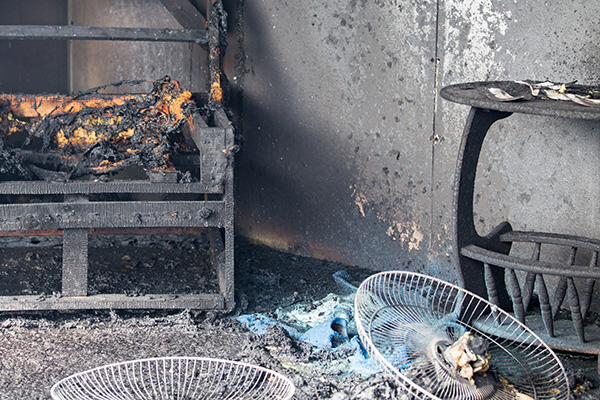 Collecting and analyzing evidence from the scene helps investigators
Collecting and analyzing evidence from the scene helps investigators
determine the cause of the fire.
Related:
Preventing and Fighting Arson: How You Can Help
Trace evidence is also analyzed with scrutiny. Chemical analysis of samples taken from the fire scene can detect the presence of accelerants, potentially determining the type of accelerant used and any unique characteristics that could link it to a specific source. Ash and debris analysis can determine the types of materials which contributed to the spread of the fire, helping to identify potential ignition sources. Fingerprints, shoe prints, and tire tracks can be collected from the scene and analyzed in crime labs across the state. Additionally, DNA analysis of objects found at the scene can illuminate potential suspects.
In some instances, burn testing is conducted to determine the fire’s behavior, spread, and ease of ignition. Investigators can observe the fire behavior to confirm or disprove their hypotheses by recreating similar conditions within a controlled environment.
The combination of physical evidence, burn pattern assessments, burn test results, witness testimony, and any other data collected from the fire scene are used by the fire investigator to compile their final report and conclusions.
Drawing conclusions
The goal of analysis is to render an accurate conclusion. For fire investigators, there are three possible outcomes:
- The fire was started unintentionally: This outcome suggests that the fire resulted accidentally. The investigator will identify the specific circumstances and events that led to the ignition of the fire, such as an electrical failure, cooking mishap, or other unintentional actions, like smoking.
- The fire was started intentionally: This outcome suggests that the fire was the result of criminal activity, such as arson. The investigator will use the evidence collected to help identify suspects and support criminal charges.
- There is not enough evidence to determine the cause of the fire: This outcome means that the investigation has not been able to gather enough evidence to conclusively determine whether the fire was an accident or was deliberately set; this could be due to a lack of physical evidence, conflicting witness statements, or other factors. Additionally, there are fires where an investigator determines more than one potential ignition source and is, therefore, unable to eliminate them as a possible cause. In such instances, it's possible to say what might have caused the fire but challenging to determine the cause with certainty.
We must understand that ‘I don't know’ might be the only answer we'll ever get.
Regardless of the resulting conclusion, the investigation process allows good investigators to make recommendations for future fire safety; revealing what went wrong can prevent similar fires.
An essential aspect of keeping people safe and preventing future loss is adequate and well-enforced fire codes and building regulations. The next entry in this blog series will explore code enforcement - read Part II here.
If you'd like to check out all four parts of this series, click here.




